Results
-
 £149.99
£149.99Bridge Between Nations Wind Band Set (Score & Parts)
This work builds a musical bridge between the nations of the European Union. In this composition each country is represented by a fragment of its national anthem. The listener will continually be surprised by the creative way the national anthems are presented. The national anthems of the nations that have become part of the EU in 2004 have already been included in this piece. Because the fragments follow each other and complement each other in a logical way, this work does not sound like a regular medley but rather like a varied concert work with interesting elements of folklore. For most of the national anthems Jacob de Haan has chosen a minor key, which gives this work an extra emotional, sometimes melancholic overtone. 0:09:30
Estimated dispatch 7-14 working days
-
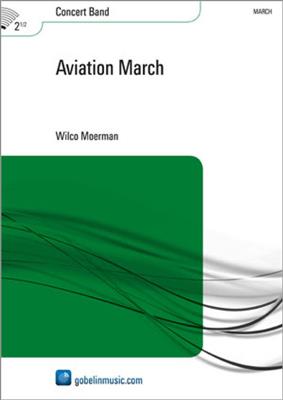 £89.99
£89.99Aviation march - Wilco Moerman
Mankind has always had the desire to fly. Initially we tried to imitate birds to fly, which eventually resulted in the invention of balloons, airships, gliders and powered aircrafts. The first airship in the world that could fly in a controlled way, was invented by Henri Giffard. This airship flew on September 25, 1852 from Paris to Trappes. The ship was 43 meters long and flew 8 km per hour over a distance of 27 km. Other key names for the many changes and developments of the aviation industry, are the Wright brothers on December 17, 1903 with their first motorized flight, of 12 seconds over a distance of 37 meters with a homemade motorized aircraft called the Flyer. Later the same day this record was improved by a flight of 60 seconds over a distance of 260 meters. The first flight across the Channel between England and France was made by Louis Blriot on July 25, 1909. The distance of about 45 km was covered in a time of 37 minutes. In 1910, the first woman, a French pilot (Raymonde de LaRouche), made her first solo flight. She was also the first woman who got a license to fly.This march is a tribute to the many years of development within the aviation industry and gives voice of the pride, the romance, the heroism and the status of this way of transportation.
Estimated dispatch 7-14 working days
-
£149.99
Bridge Between Nations - Jacob de Haan
This work builds a musical bridge between the nations of the European Union. In this composition each country is represented by a fragment of its national anthem. The listener will continually be surprised by the creative way the national anthems are presented. The national anthems of the nations that have become part of the EU in 2004 have already been included in this piece. Because the fragments follow each other and complement each other in a logical way, this work does not sound like a regular medley but rather like a varied concert work with interesting elements of folklore. For most of the national anthems Jacob de Haan has chosen a minor key, which gives this work an extraemotional, sometimes melancholic overtone.
Estimated dispatch 7-14 working days
-
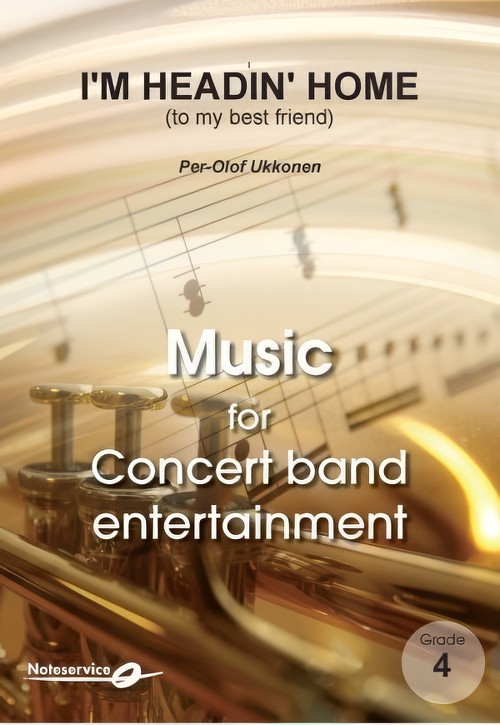 £143.00
£143.00I'm Headin' Home (to My Best Friend) (Concert Band - Score and Parts) - Ukkonen, Per-Olof
I don't know why I get ideas on my way home. Maybe it depends on who is waiting. This is my third pop song for Concert Band inspired by going home. Keep the tempo up throughout the song, you are Headin Home! The first two titles are Walking Home and Another Way Home.- Per-Olof Ukkonen
Estimated dispatch 7-14 working days
-
 £72.00
£72.00E Pluribus Unum (Concert Band - Score and Parts) - Jewell, Fred - Glover, Andrew
Fred Jewell's magnificent E Pluribus Unum march has been a staple of experienced bands for decades; Andrew Glover's new arrangement for the Barnhouse "Heritage of the March" series finally brings this classic American march into the grasp of modern concert bands. This toe-tapping patriotic gem will challenge your band but prove a favorite of audiences and performers alike. Carefully scored for today's bands, this march is not simplified in any way, but faithfully follows the composer's original work while conforming to contemporary instrumentation and performers. First class in every way!Duration: 3.15
Estimated dispatch 7-14 working days
-
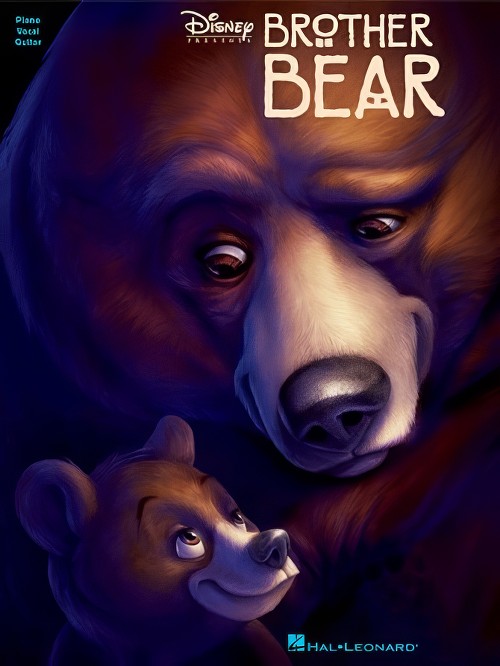 £57.50
£57.50Brother Bear, Highlights from (Concert Band - Score and Parts) - Collins, Phil - Murtha, Paul
Disney's animated film Brother Bear has all the right ingredients for a memorable entertainment event. From a touching story, to delightful characters, plus the marvellous music of Phil Collins, this is destined to become a classic. This enjoyable medley includes the hit single Look Through My Eyes as well as No Way Out (Theme from Brother Bear), On My Way and Transformation.
Estimated dispatch 7-14 working days
-
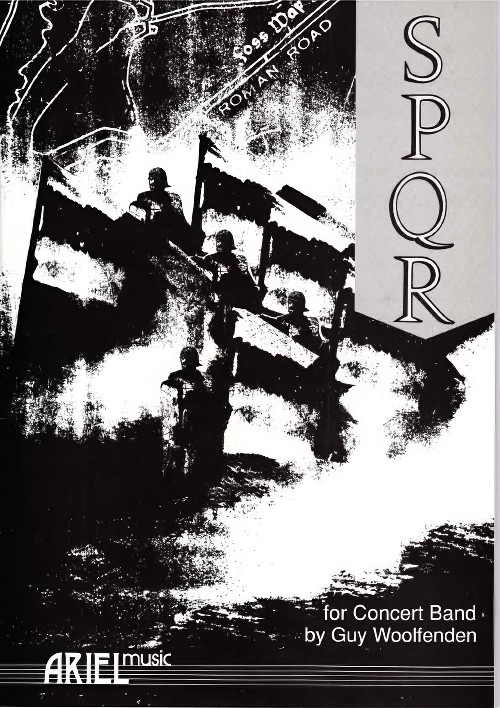 £115.00
£115.00S.P.Q.R. (Concert Band) - Woolfenden, Guy
Includes:I. Fosse WayII. NotturnoIII. Via AppiaS. P. Q. R. was commissioned as part of the Warwickshire County Council centenary celebrations in 1988 and my response was to delve even further back than a mere one hundred years, to encompass the Roman occupation of Britain, which lasted 350 years from AD 43. The standard of the Roman legions often carried the letters S. P. Q. R: Senatus Populusque Romanus - The Senate and People of Rome.Among the lasting monuments to this long occupation is the amazing system of roads, one of which, the Fosse Way, bisects the county of Warwickshire from south-west to north-east. Four of the major areas of modern Warwickshire: Stratford-upon-Avon, Warwick, Rugby, and Nuneaton and Bedworth, lie adjacent to this mighty thoroughfare.S. P. Q. R. attempts to juxtapose and contrast the ancient and indissoluble links between rural and urban Warwickshire and the might of ancient Rome. Thus the river Avon becomes a tributary of the Tiber and the Fosse Way joins the Via Appia: All roads lead to Rome!
Estimated dispatch 7-14 working days
-
 £154.60
£154.60I'm Headin' Home - Per-Olof Ukkonen
"I don't know why I get ideas on my way home. Maybe it depends on who is waiting...This is my third pop song for Concert Band inspired by going home. Keep the tempo up throughout the song, you are Headin' Home!The first two titles are "Walking Home" and "Another Way Home", both published on Noteservice."Per-Olof Ukkonen
Estimated dispatch 7-14 working days
-
 £169.99
£169.99Olympica (Concert Band - Score and Parts) - Van der Roost, Jan
This "Grand Overture" was commissioned by the "Nagano Community Band" - Japan- on occasion of its jubilee in 1992 and is dedicated to the band's conductor, Ikuo Inagaki. The work is based upon three main themes, each symbolising a certain theme. The first part is characterized by its bright themes played mainly by the brass, accompanied by the woodwinds and festive percussion. This part symbolizes the jubilee which is the origin of the composition. This is followed by a bouncing allegro, in which each register of the band displays brilliant techniques. Especially the woodwinds come to the fore! This movement depicts the industriousness and enthusiasm shown by the members of the "Nagano Community Band" in the carrying out of their hobby. A third, main theme, is choral-like in character and is displayed both in the (soft) brass as well as in the warm medium register of the reeds. Here, nature's beauty in and around the city of Nagano is musically celebrated. Following a "chamber-music episode" (featuring the flute, oboe, clarinet, alto-saxophone and horn) the initial allegro re-occurs, weaving its way towards a grandiose finale, in which the two previous themes are once again apparent. Due to its very colourful scoring and the enormous diversity of musical thoughts and ideas, this composition is a fascinating and memorable piece, worthy a jubilee overture!Duration: 10:15
Estimated dispatch 7-14 working days
-
 £84.99
£84.99Durkle Bandrydge Suite Wind Band Set (Score & Parts) - Fraser, Bruce
Durkle Bandrydge is the name of the composers imaginary world, but it could very well be anyones invisible dream world with a different name. In this very versatile suite by Bruce Fraser, 8 characters are featured, each with its own peculiarities, making Durkle Bandrydge such a colourful place. Do these characters differ that much from us? That is for you to find out! In the last part, all characters come together in a special way.Durkle Bandrydge exists at the end of your street. It is invisible to humans, but Durkle Bandrygators can watch us with great interest. The music will introduce you to some of the characters who live in this unusual place. The parts: Somnanbulyss, who is a giant troll guarding the entrance to Durkle Bandryde. At least, he is supposed to, but he tends to sleep most of the time. His music is therefore very slow moving and sleepy. Long Gwysteen is a tall, mysterious, and somehow sophisticated character, who walls around with a shell on his back. His music glides along rather gracefully. Squelfitch is a rather unpleasant and smelly character who lives in a bog, which is why his music sounds rather slimy and a bit like trying to walk through quicksand. Perfydlia is a meddling old woman, who gossips about everybody and squeals with sudden delight at the small exciting bits of tittletattle about others in the village. In the music you can hear her sudden little squeals of delight. Maryann Lovely is a beautiful young lady, graceful, gorgeous, absolutely devine, and her music is obviously just the same. Thistledoo Nicely is a lively character who spends and spends and spends with her credit card, buying the latest fashion and never worries about having to pay the bills. Her music reflects her excitement when shopping and het 'happy go lucky' approach to life. Marsyn Edginton is the Lord of the manor, the richest man in town, the 'big cheese', the man with all the power and, of course, the biggest house. He is very grand and his music like he could be a king. Jimmy McScotsmyn is a red haired scotsman wearing tartan cap. He misses his home country terribly and eats lots of shortbread, oatcakes, scotch eggs, porridge and drinks an enormous amount of Scotch Wisky, which helps him to have fond memories of the kind of music he would like to dance to when he was a younger man. His favourite dance is a Jig and this is the music he remembers. Grand March of the Durkle Bandrydgators. We hope that you have enjoyed meeting these characters from Drukle Bandrydge and would invite you to listen to all the villagers now march along in a grand parade - it is a pity that you can not see them, what is a wonderful sight. If you listen carefully, you will hear the melodies which belong to the characters as they march past. Oh what a grand spectacle! 10:00
Estimated dispatch 7-14 working days
